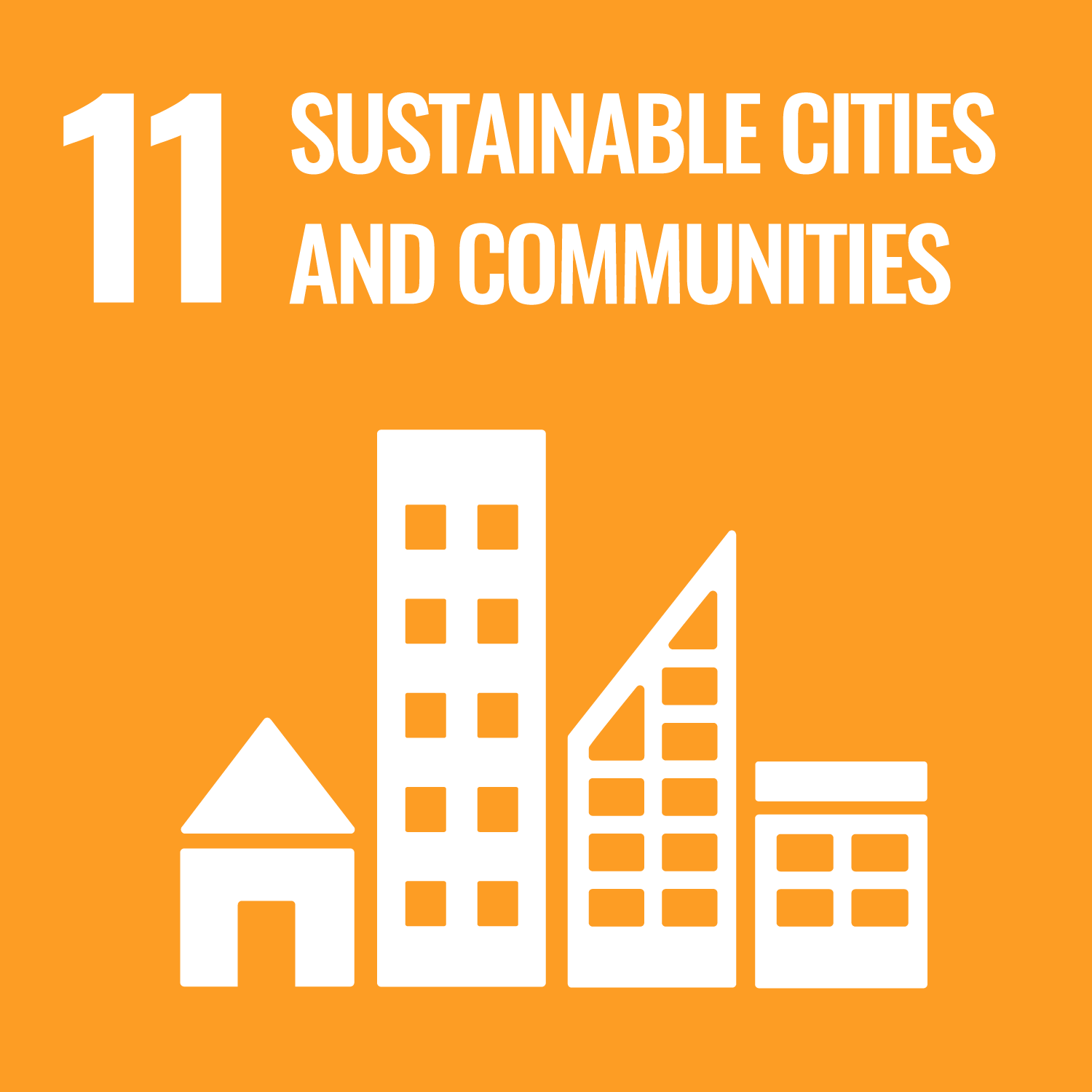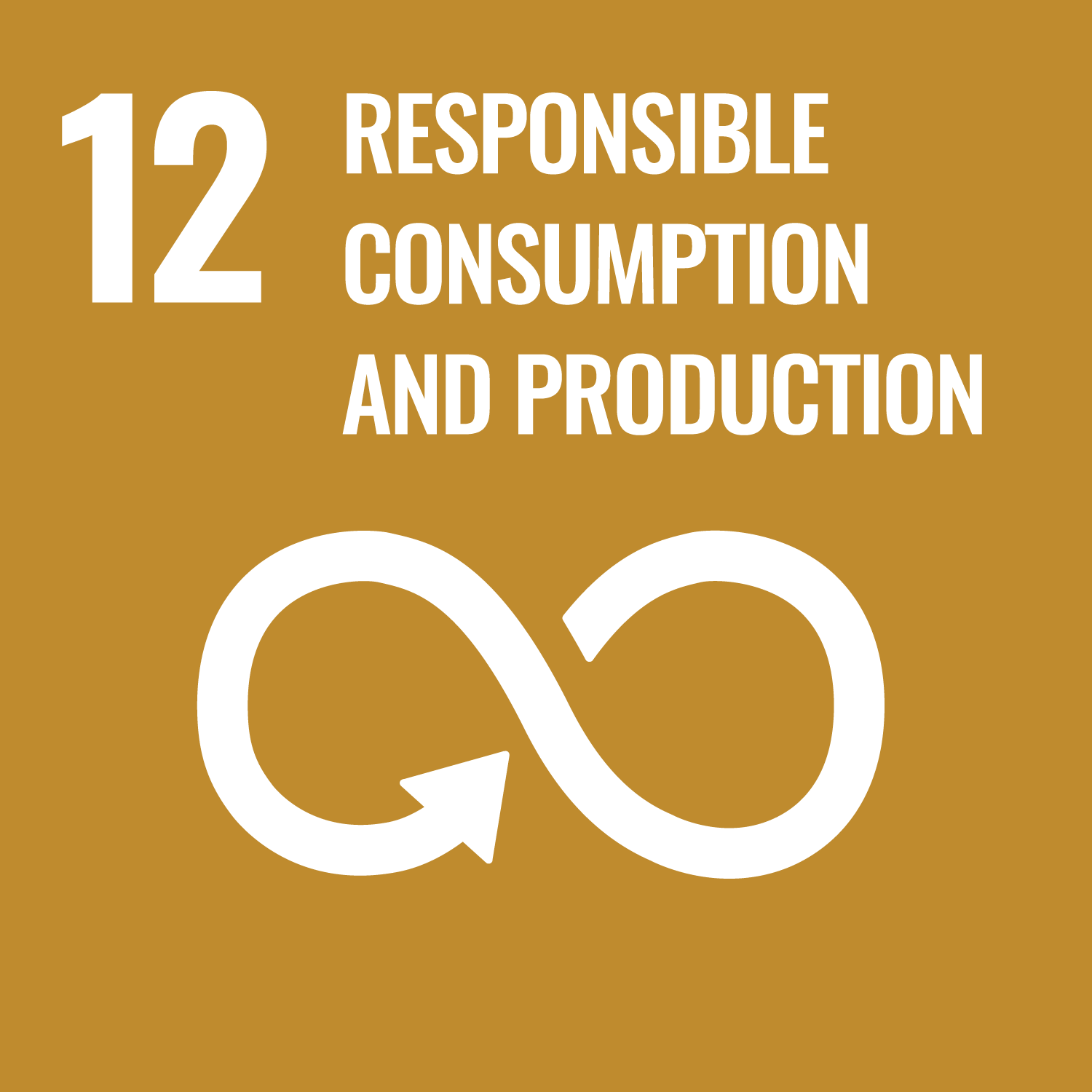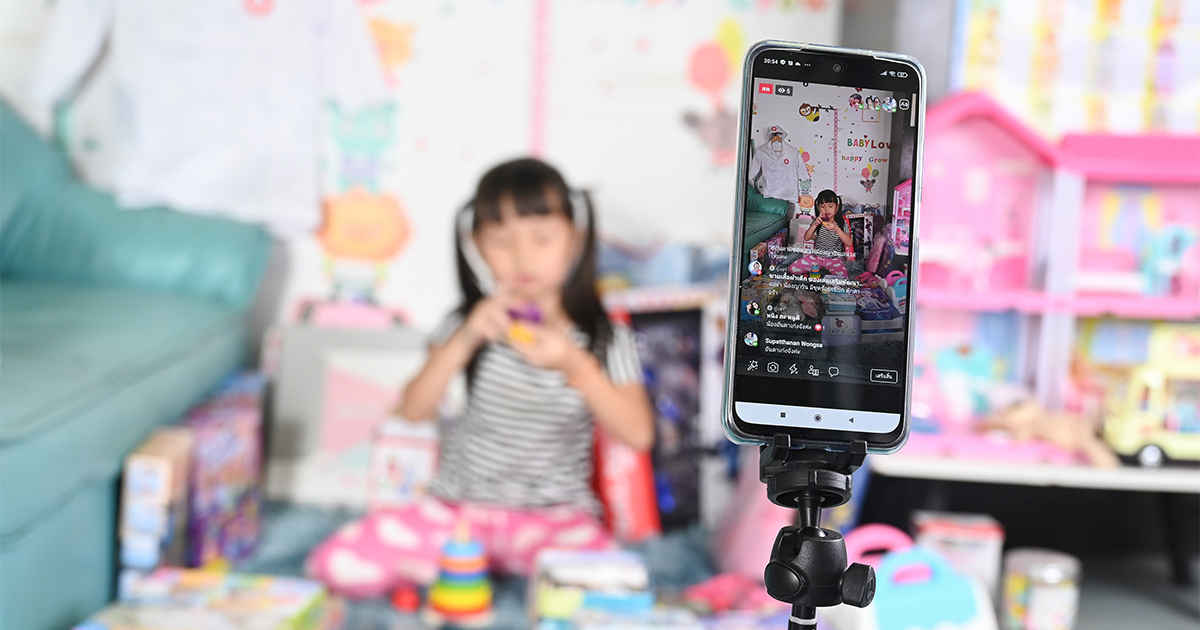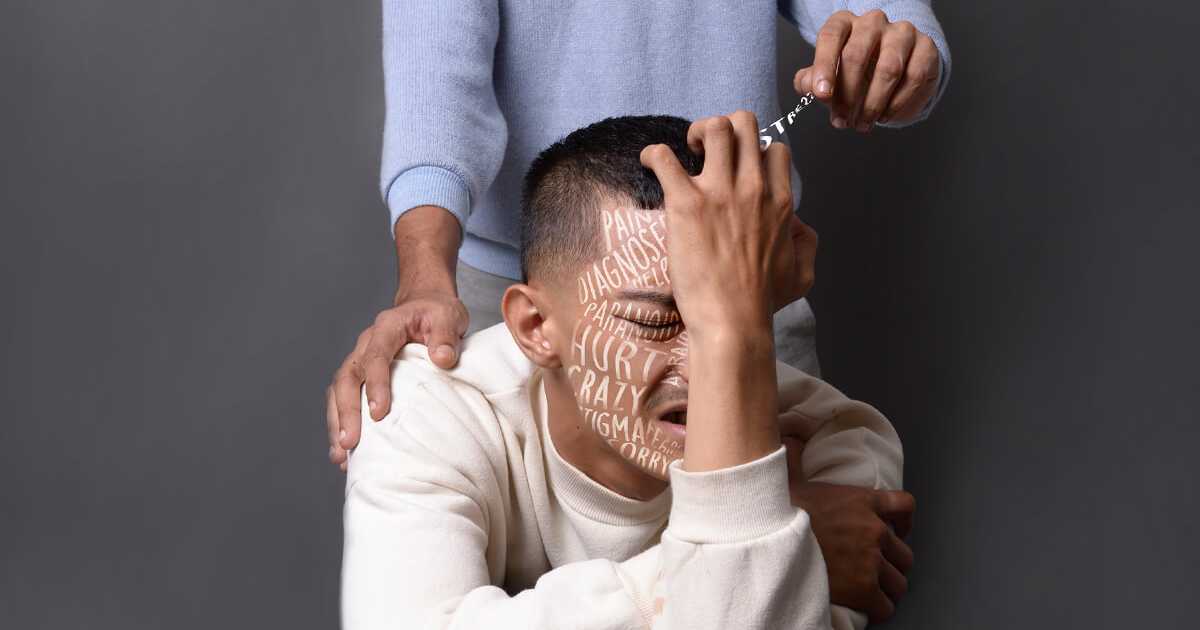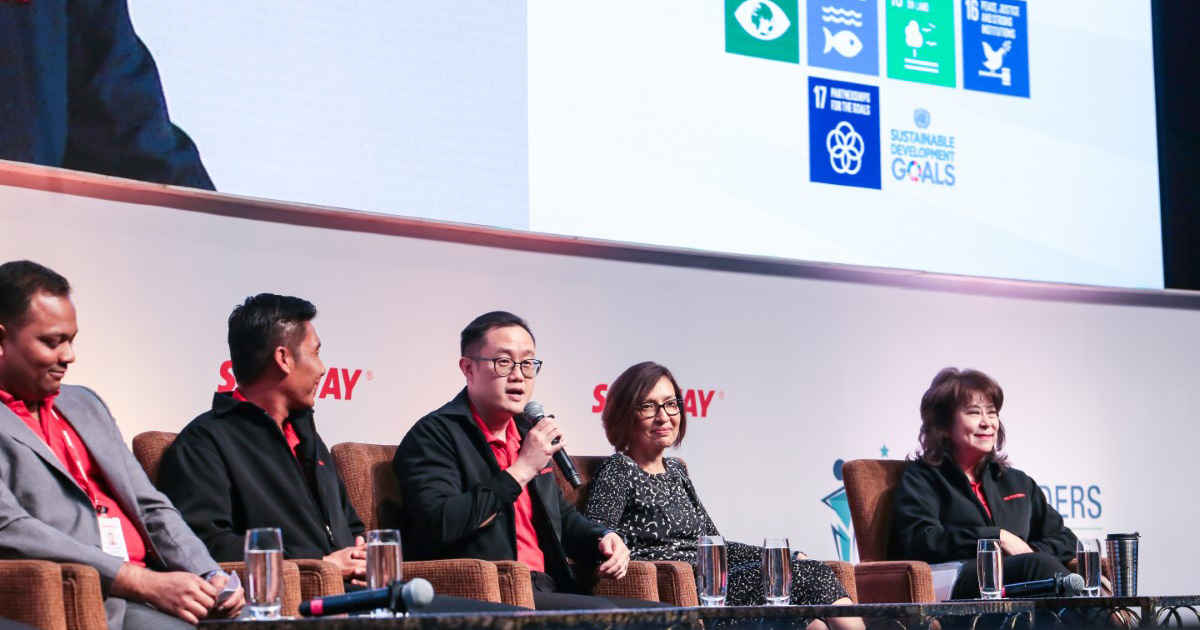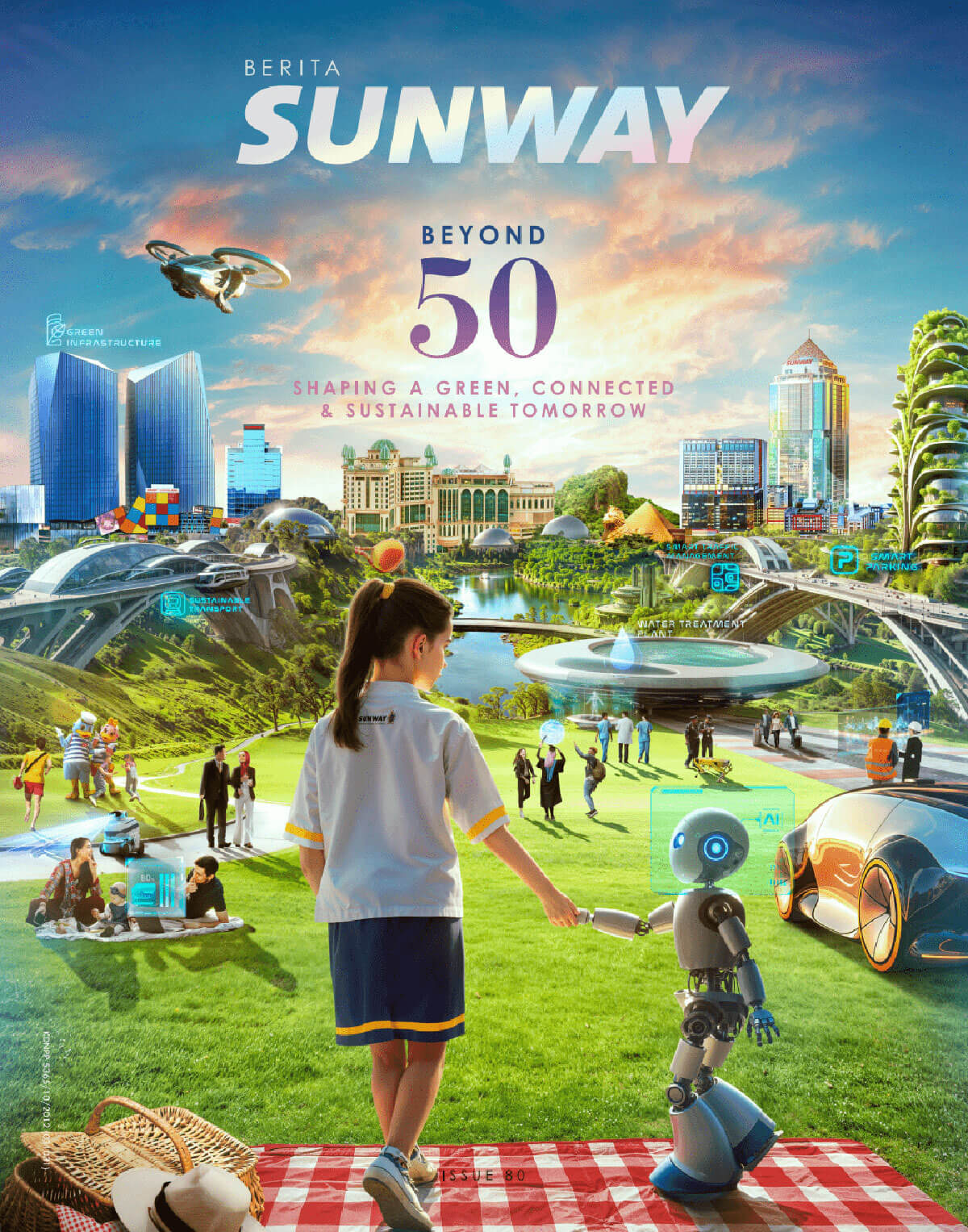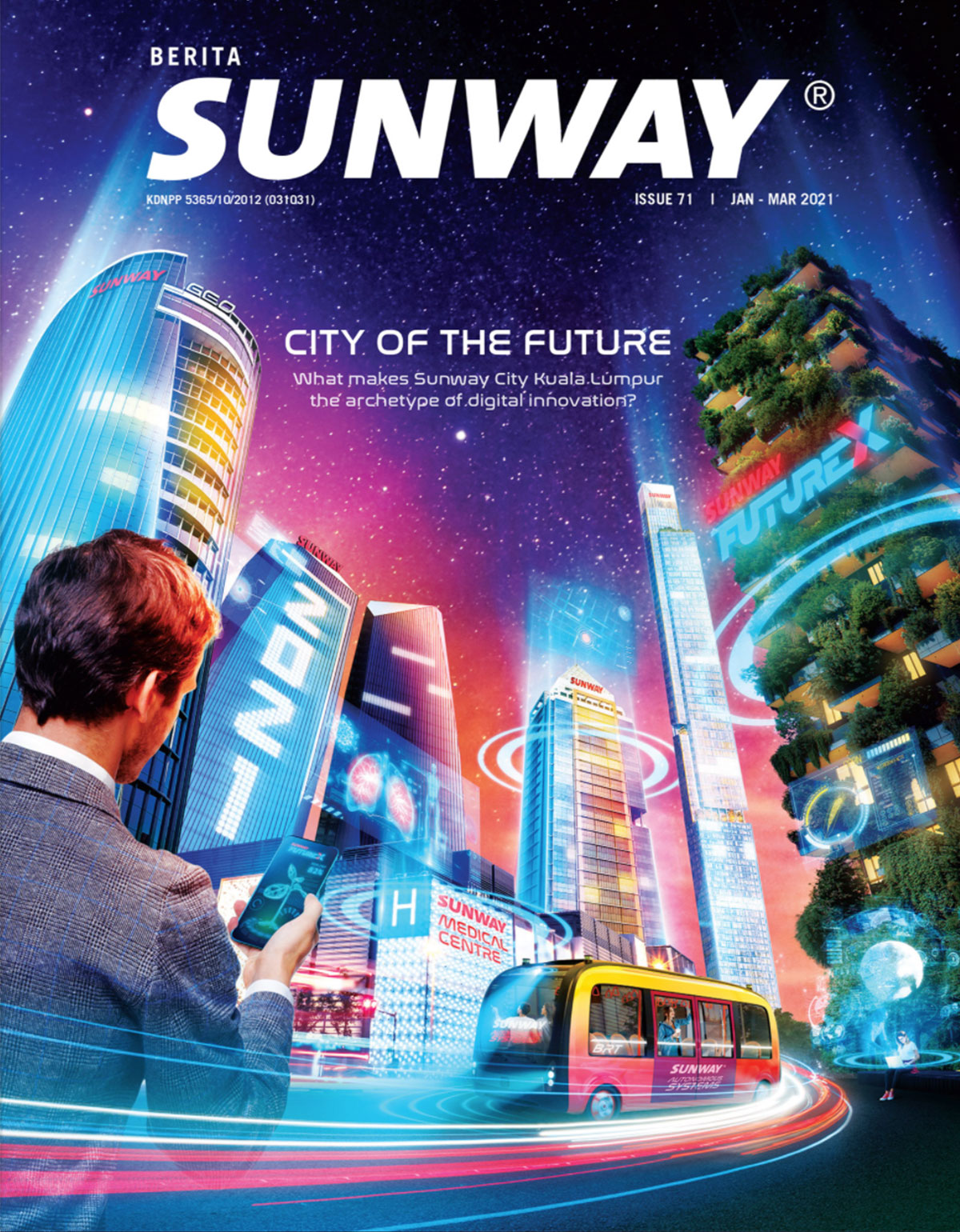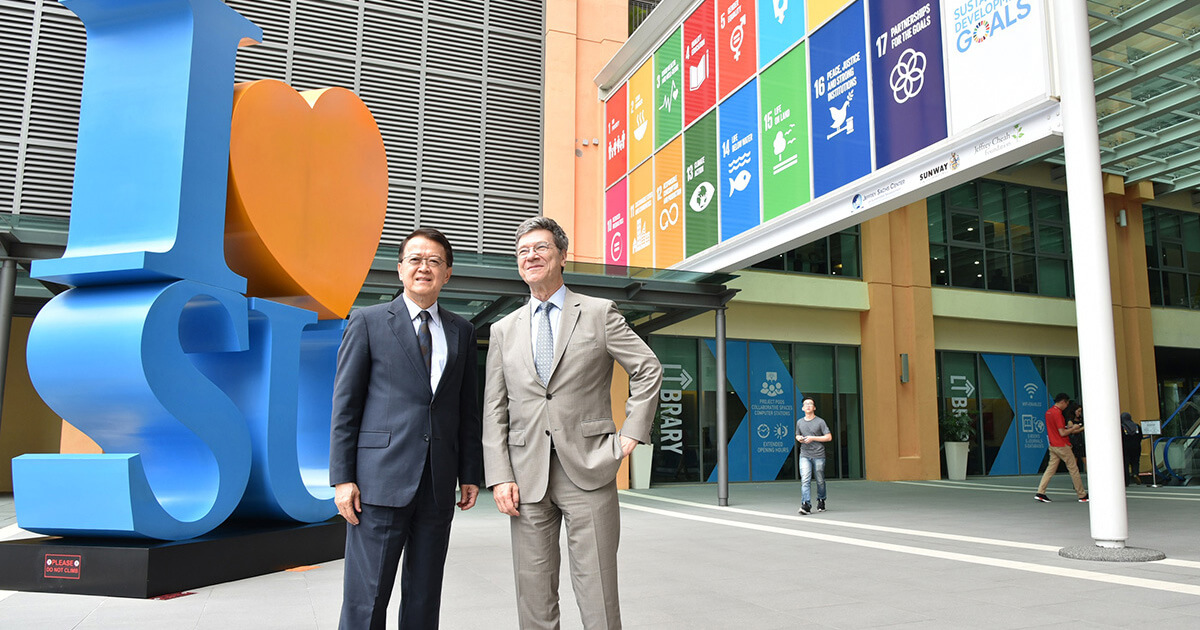Navigating the Digital Dance: Rising Above a Social Media-Dominant World
The rhythm of social media continues to reverberate globally, bringing both exciting opportunities and new challenges as it reshapes the way we think and feel
In the dynamic world of digital technology, new trends often emerge at breakneck speed. The most recent player to join this tide of evolution is Threads. As Meta’s latest innovation, the fledgling social media app ingeniously leverages Instagram’s extensive user base, offering users a quick and easy route to crafting their own social microcosm. Its appeal has been nothing short of phenomenal, amassing 100 million sign-ups within five days of its debut.
Although Threads, in its bare-bones stage, still lacks the bells and whistles of its more established counterparts, its arrival already opens up a fascinating discourse: Could this newcomer enhance the allure of apps like TikTok and further enrich our social media experience?
Social Media Beyond Entertainment
Undeniably, no social media juggernaut has demonstrated an impact quite as transformative and dynamic as TikTok. With over a billion users worldwide, it has grown from a novel entertainment platform to a significant force in shaping global digital culture. The app’s magnetic appeal lies in its endless cascade of user-generated videos—microbursts of dance, humour, and creativity that capture attention and manipulate time.
But more than fleeting fun, it doubles as an engaging educator, a social connector, and a storyteller. During the pandemic’s peak, TikTok emerged as a beacon for the isolated, particularly for the younger generation, offering a colourful reprieve from the monotony of lockdown. With content as diverse as practical DIY tips to thought-provoking discussions on relevant social issues, it successfully broadened users’ worldviews. This digital melting pot has fostered relationships, fueled self-expression, and shed light on worldwide issues, nurturing a global community bonded by shared understanding and empathy.
Despite the apparent advantages, however, TikTok and other social media players still present a quandary. Owing to digital illiteracy and misuse, the vast sway of these platforms can be a mixed blessing, offering both captivating experiences and challenges to young minds. One concern that has come to light is the “social media brain”.
Decoding the Social Media Brain
Coined by the mass media, the term “social media brain” refers to the impact of social media’s constant rhythm on our cognitive function. The fundamental mechanics of these apps lie in their intricate algorithms. Their prowess is in discerning users’ preferences based on the duration and engagement of watched videos, consequently feeding a relentless stream of similar, bite-sized content. This whirlwind of immediate gratification starkly contrasts the cognitive engagement required in activities that exercise sustained attention, such as reading or complex problem-solving.

Dr. Ryan Tee, consultant psychiatrist at Sunway Medical Centre Velocity.
As the brain’s prefrontal cortex, responsible for decision-making and impulse control, does not fully develop until age 25, this divergence can have severe implications, particularly for children and adolescents. Dr. Ryan Tee, a consultant psychiatrist at Sunway Medical Centre Velocity, elucidates: “When young users scroll through endless quick-hitting videos, the ever-changing environment may impede children’s memory and attention span, even impairing their language acquisition and social skills.”
Yet, it is not just about fragmented attention. According to Dr. Tee, it evolves into a behavioural addiction. “This fast-paced consumption of content on social media is accompanied by the release of dopamine, a neurotransmitter that reinforces cravings for something enjoyable. It activates the reward pathway in the brain, leading to repetitive and compulsive use of the platform.”
The Great Digital Depression
The issue of the social media brain is far from an isolated concern, as the number of social media users has continued to escalate in recent years. In Malaysia, the social media user base ballooned by two million in a span of a year in 2020 to a staggering 28 million in 2021. This accounts for an impressive 86% of the country’s total population. Though many studies on social media are still nascent and the full spectrum of its psychological impact is still under exploration, initial signs are manifesting. Emerging research is unravelling connections between intensive social media usage and an array of mental health challenges.
The picture-perfect lives displayed on these platforms can spark feelings of inferiority and low self-esteem, perpetuating a harmful cycle of comparison. This comparison trap, compounded by social media’s incessant attention demand, can trigger anxiety, depression, and chronic stress. Additionally, cyberbullying, a malaise that has found fertile ground on social media, can inflict substantial emotional harm.
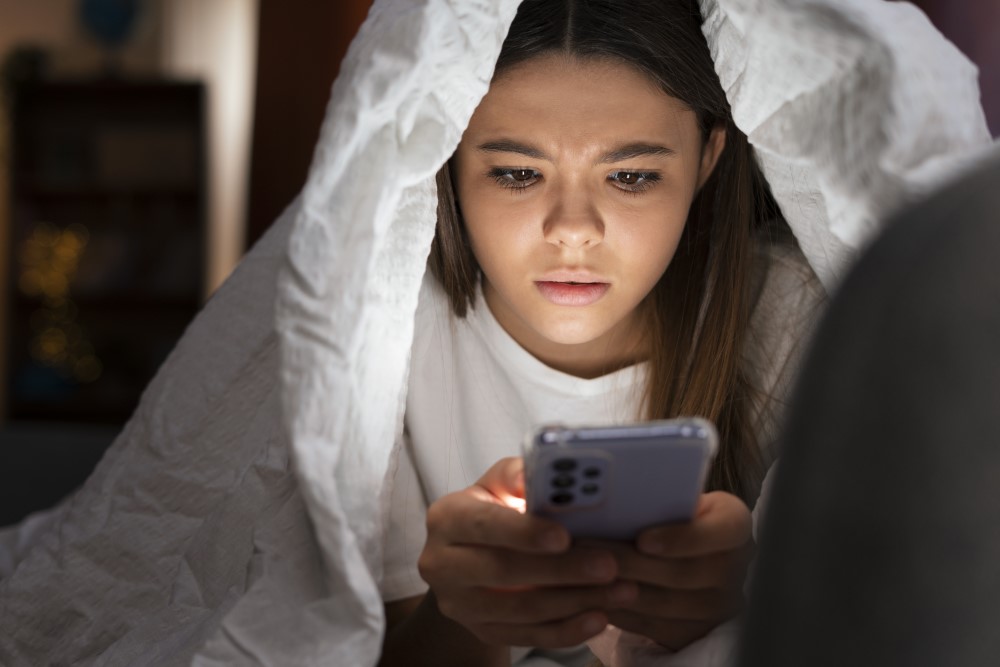
Cyberbullying causes a host of emotional issues such as distress, isolation, low self-esteem and anxiety.
These phenomena are not merely academic hypotheses. Their effects can be observed in the wild. A study published in The Journal of Affective Disorders Reports scrutinised the online habits of 1,000 participants, cross-referencing them with self-reported symptoms of depression. The findings cast light on a worrisome connection between heavy social media consumption and increased depression symptoms, predominantly among younger users.
Supporting Young Minds in a Digital Age
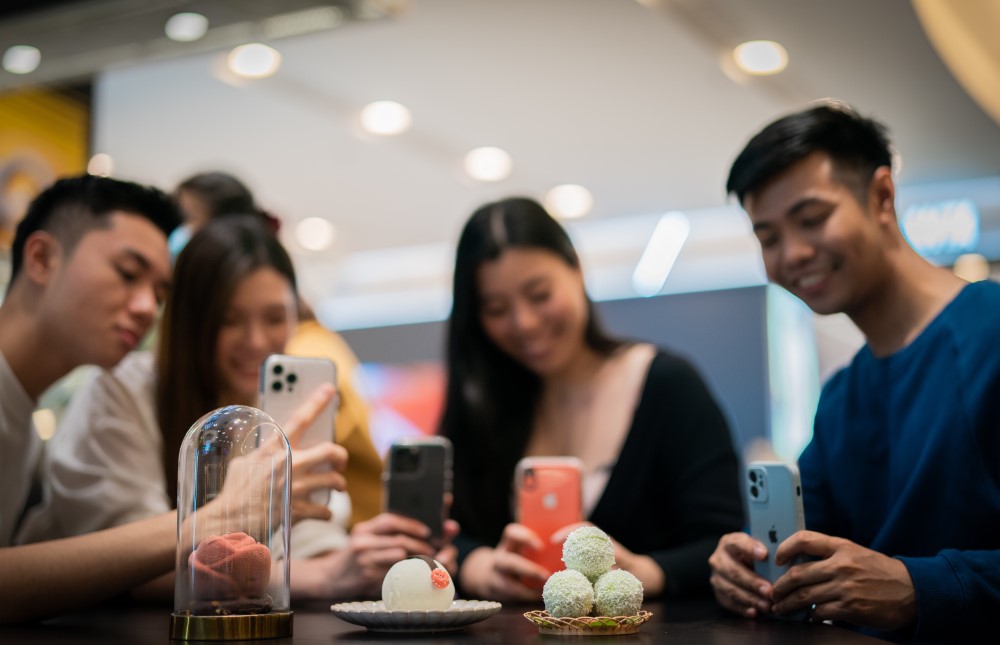
Finding the healthy balance between the social media landscape and the real world.
Given these alarming findings, how can parents help their children traverse this new digital terrain safely? Dr. Tee suggests four actionable strategies:
-
Be a role model. Children often learn behaviours from their parents. Set an example by limiting your own screen time and engaging in offline activities such as reading, going outdoors, or exercising. This sends a powerful message to your children about the importance of balancing online and offline experiences.
-
Draw digital boundaries. Set a clear limit on daily screen time. The American Academy of Paediatrics recommends less than one hour of screen time for children aged 2 to 5 and under two hours for older children. Developers like Meta and ByteDance have acknowledged the growing public concerns regarding excessive social media usage among younger audiences. As a response, Instagram and TikTok have integrated in-app screen-time management features that allow parents to establish clear digital boundaries for their children. Take advantage of these tools to effectively apply the rules and ensure consistent online engagement for your child.
-
Promote offline interests. Organise and encourage children to participate in non-digital activities. Family outings, sports, arts and crafts, and reading are all excellent tools for connection and outlets for self-expression. More than a diversion, they educate children that life can be fun and rewarding off the grid.
-
Prioritise healthy sleep habits. Quality sleep is the cornerstone of cognitive function, emotional stability, and overall health. In children, sleep also plays a pivotal role in growth and development. Establishing a digital curfew and making the bedroom a device-free zone at night can promote a healthier sleep routine.
An Ongoing Dance
The challenges posed by the social media brain are ongoing. Still, awareness, education, and active parenting can go a long way towards navigating this new digital reality. “Depriving kids of technology doesn’t solve the problem, but balancing its use with other activities, such as playing outside, could make a difference. Parents and children must engage in an open dialogue about these issues, understand the implications of their online habits, and work together towards healthier digital behaviours,” says Dr. Tee.
In a world where the line between the virtual and real is constantly blurred, it is crucial for us to equip our children with the tools and knowledge to dance their way through the social media landscape responsibly, balancing the delights of the digital world with the richness of reality. After all, the goal is not to silence the music but to learn how to dance in harmony with it.












